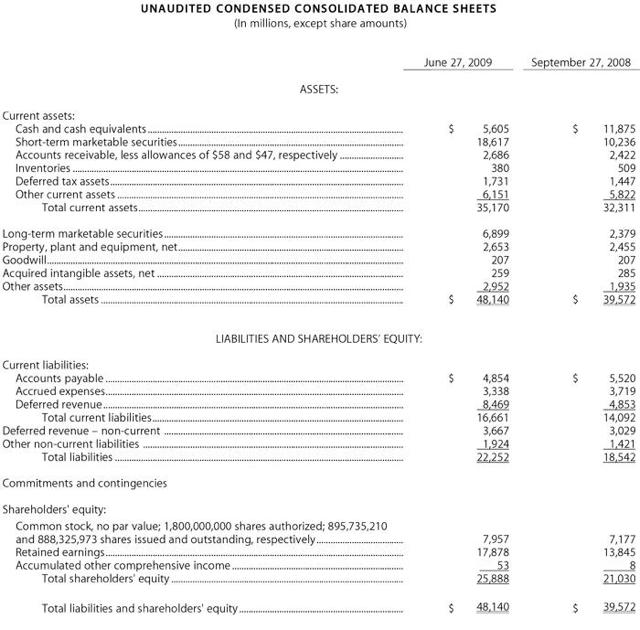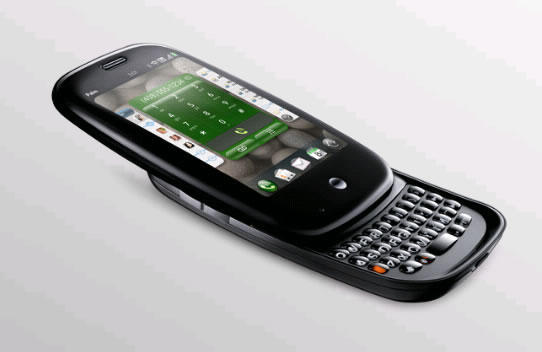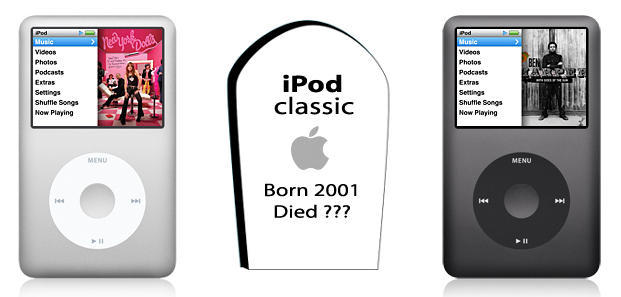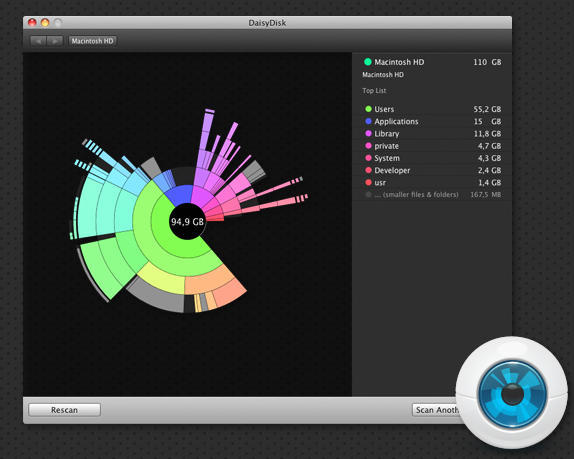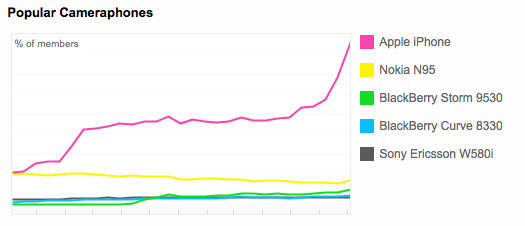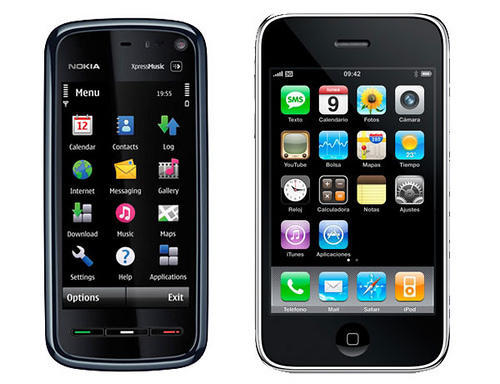In sharp contrast to Apple’s largely upbeat recent quarterly earnings announcement, Microsoft reported “a number of grim statistics, including a steep decline related to its Zune portable media player,” highlighted in a report Thursday at MarketWatch.
The portable music player sector seems to have reached a general level of saturation, as even Apple’s iPod — a device that spawned the resurgence of an entire industry when it was introduced nearly a decade ago — suffered an 11% drop in sales during the most recent quarter. But that is nothing compared to Microsoft’s copycat gadget, the Zune, which saw a 42% drop in year-over-year sales.
“If Zune were going to make a strong move against the iPod, it already would have,” said IDC analyst Susan Kevorkian, and some analysts are now looking for Microsoft to admit defeat and announce termination of its ill-fated hardware venture.
When the company launched the Zune in 2006, Microsoft CEO Steve Ballmer believed its 802.11 wireless functionality would take out the iPod by creating a “community of entertainment aficionados” who’d enjoy being able to connect with one another and with other 802.11-enabled devices, but apparently there’s a reason devices such as the iPod and the Zune are often called personal media devices.
As late as March of this year, Ballmer still maintained the Zune is not going away, but unless the tepidly anticipated touch screen Zune HD is somehow a huge hit, declining numbers like the ones highlighted by MarketWatch foretell a grim future for the little PMP that couldn’t.
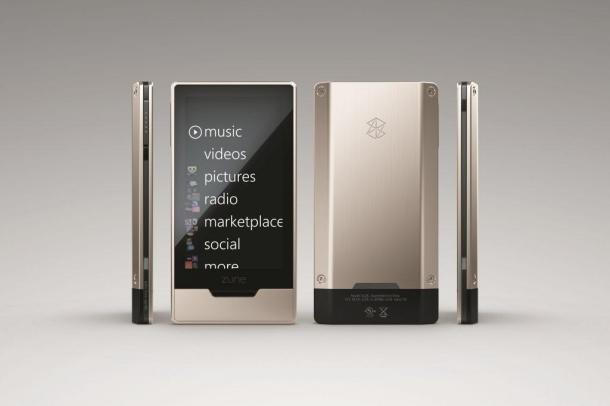


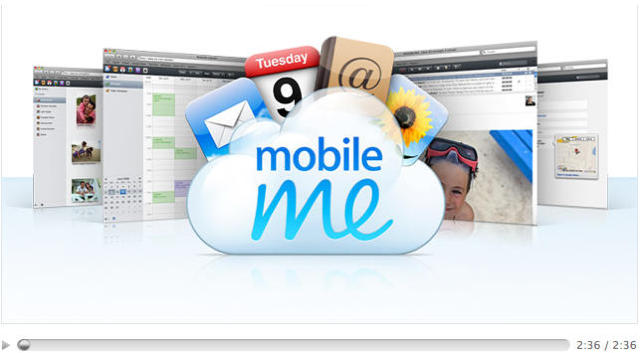
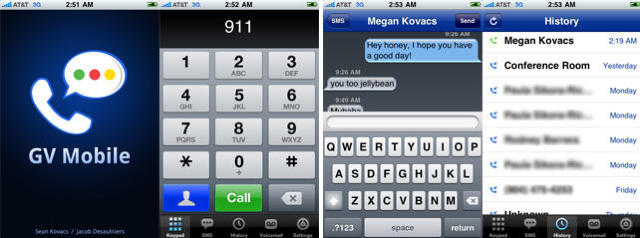
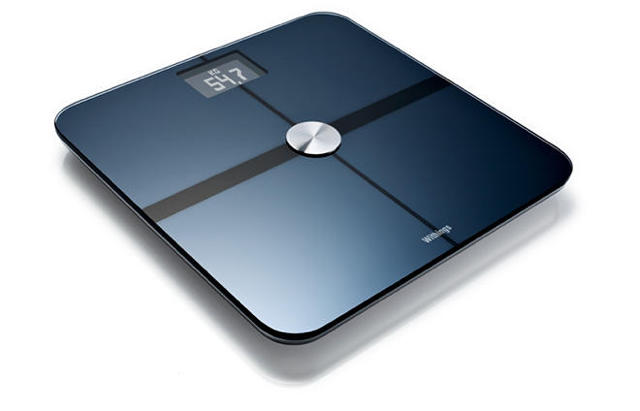

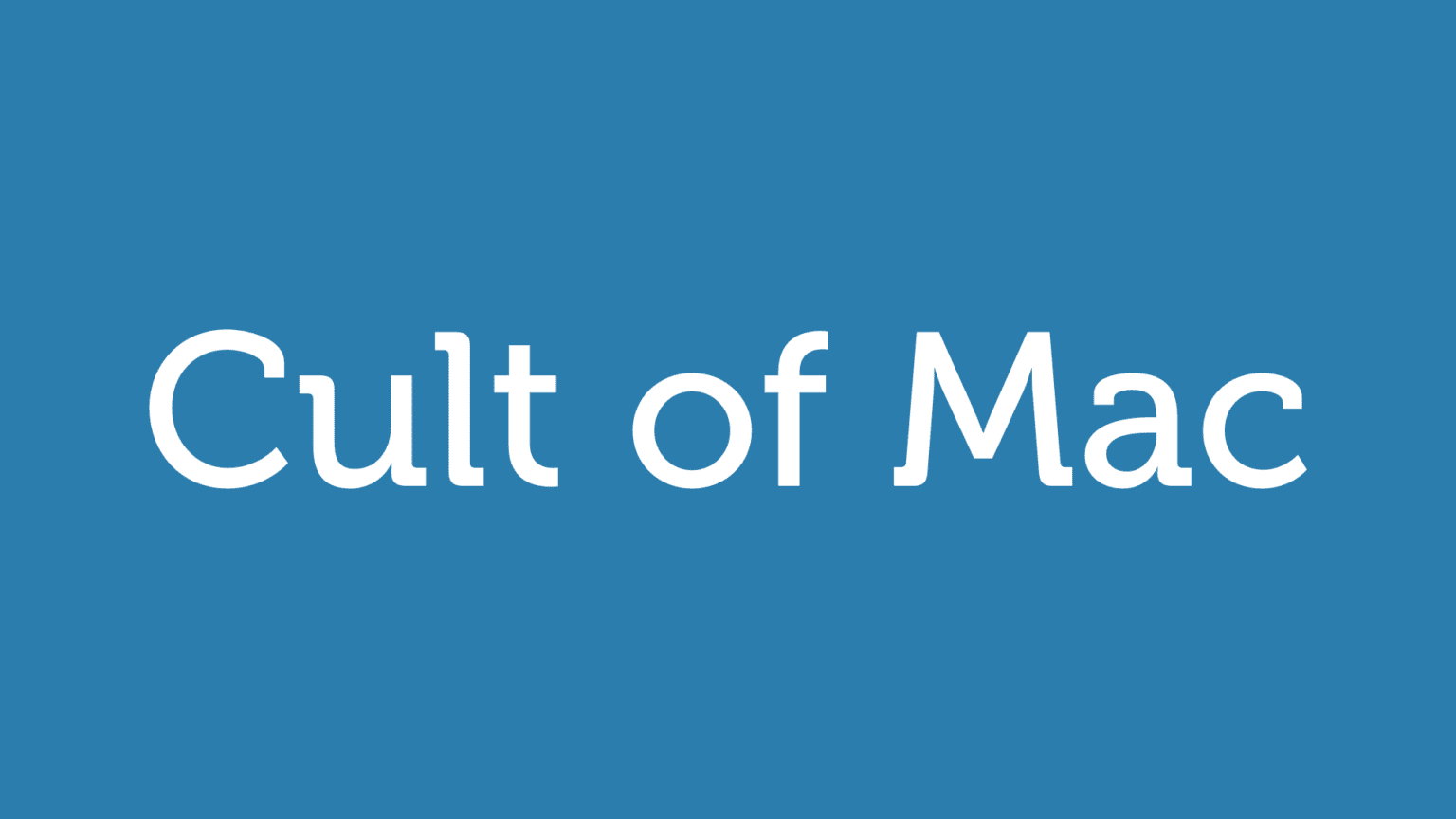
 Apple’s iTunes – the only online music distributor that matters, according to one well-placed music lawyer – may get additional competition before year-end, if an
Apple’s iTunes – the only online music distributor that matters, according to one well-placed music lawyer – may get additional competition before year-end, if an 